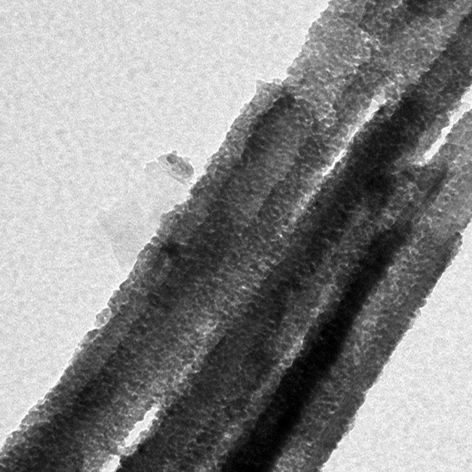Research in this line is directed to the design of novel inorganic heterostructures by assembling between silicates and other inorganic solids, giving rise to functional materials with optimum textural properties for interesting applications, such as ionic exchange, adsorption and catalysis. The use of different synthetic approaches allows the assembling of metal oxide nanoparticles (e.g. SiO2, TiO2, Al2O3 and Fe3O4) or other most complex inorganic systems (e.g., LDHs, zeolites and layered titanosilicates) to diverse particulate solids, such as smectites, vermiculite, sepiolite, zeolites or glass fiber. Special attention is done to clay minerals as they are cheap, safe and widespread raw materials that can be used as support of nanoparticles for developing functional heterostructured materials of relevance in different fields. For instance, some of these materials can be of interest in environmental applications, such as photocatalysis and catalytic wet peroxide oxidation processes of organic pollutants as well as magnetic adsorbents. Potential uses of these last ones include the selective elimination of radioactive cesium, which is important for remediation of soils and water in case of nuclear incidents.
 Heterostructure (partial image) resulting from the assembly of TiO2 (anatase phase) nanoparticles and the fibrous clay sepiolite developed in the Group by a colloidal route that involve sol-gel processes.
Heterostructure (partial image) resulting from the assembly of TiO2 (anatase phase) nanoparticles and the fibrous clay sepiolite developed in the Group by a colloidal route that involve sol-gel processes.


